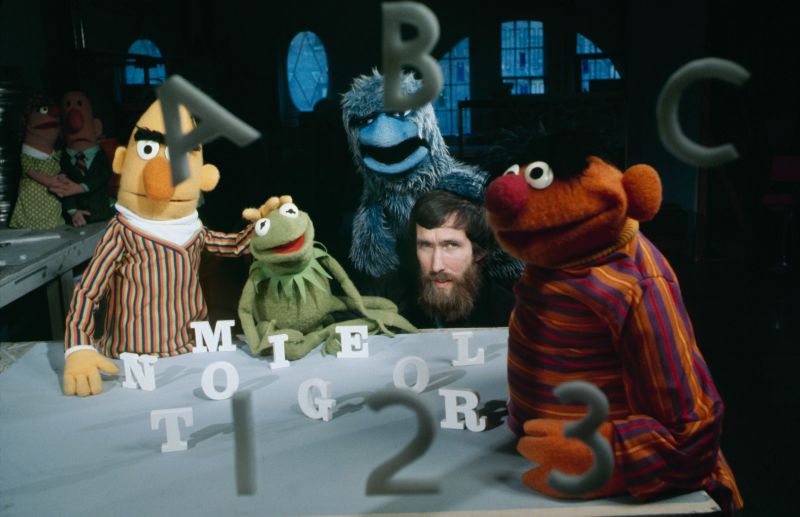The Lasting Impact of Sesame Street
Sesame Street is the longest-running children’s show in US history, captivating audiences since it first aired on November 10, 1969, in the context of the civil rights movement and the War on Poverty. This innovative program introduced beloved characters such as Big Bird, Cookie Monster, and Oscar the Grouch, aiming to harness the power of television to prepare young children, particularly those from underprivileged backgrounds, for school.
Transformative Educational Experience
Over the years, Sesame Street has evolved beyond teaching the basics of the alphabet and counting. The program emphasizes essential life skills, including:
- Peaceful conflict resolution
- Treatment of others with respect
- Understanding and coping with loss
As a result, it has made an indelible mark on childhood education and development, now reaching audiences in over 150 countries and available in 70 different languages.

The Integration of Celebrity Guests
Moreover, Sesame Street often features celebrity guest stars who contribute to its diverse programming. For instance, actor James Earl Jones was the first celebrity to appear, captivating children by reciting the alphabet during an episode in 1969.

A Model for Educational Television
Sesame Street was designed to resemble an inner-city neighborhood. Its title, inspired by the phrase “Open Sesame” from “Ali Baba and the Forty Thieves,” reflects its mission to be accessible and engaging for young viewers. Writer Virginia Schone’s last-minute decision on the show’s name stemmed from the understanding that it would be crucial for children to relate to their surroundings effectively.

Contributions to Childhood Education
Furthermore, Sesame Street’s thoughtful integration of educational theories and concepts has allowed it to adapt its curriculum continually. For example, the show has been instrumental in addressing complex topics such as grief and loss, utilizing real-life events to foster understanding among children.

In conclusion, Sesame Street has left an indelible mark on children’s television and education. Its unique combination of entertainment and essential life lessons ensures it will continue to be a beloved resource for generations to come.




